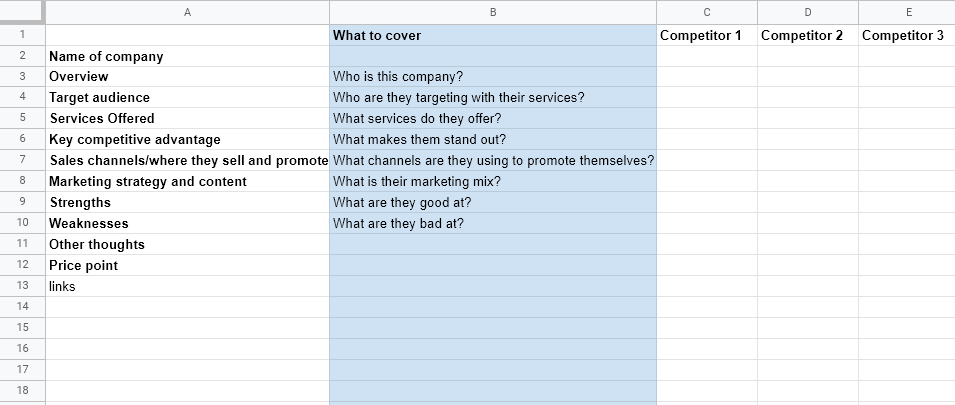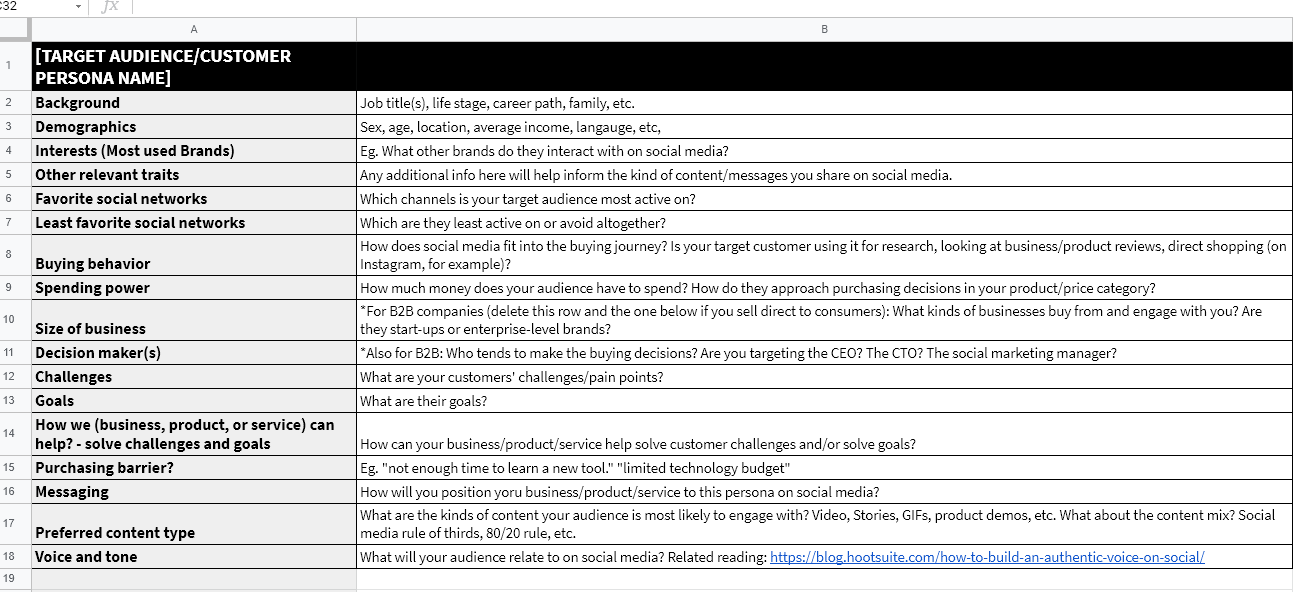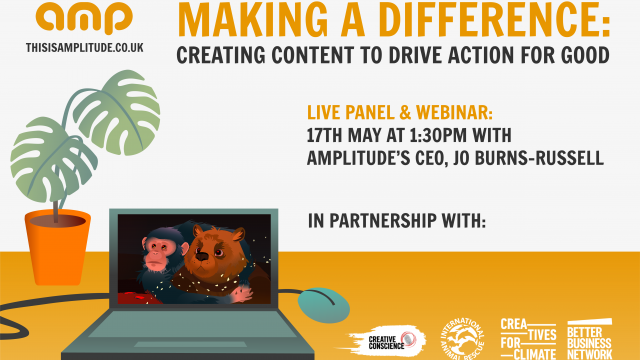Market Research and Competitor Analysis
Since starting a career in the marketing industry, two key skills I have come to learn are research and how to analyse my findings. Recently, I’ve been doing this by looking at competitor analysis and market research. Learning about these has been both part of my apprenticeship and part of my day job.
Market research is important as it can help a business in knowing more about its industry. It helps us learn what type of customer a company is attracting and what they could change to attract more of their target audience. By doing this exercise with clients’ businesses we can make more informed recommendations based on our findings, and create more effective content.
Altogether, market research and competitor analysis techniques help companies remain competitive within their market, and both pieces of research help in different ways.
Competitor Analysis vs Market Research
Competitor Analysis
Competitor analysis is actually a type of market research. It means looking at potential and current competitors and seeing what their strengths and weaknesses are. From this information, we can understand what a business can do differently to improve or showcase their work better, and ultimately attract more customers. When completing a competitor analysis, I have a list of things that I focus on. This list is:
- How well their social media is performing
- How easy it is to navigate their website
- The company’s overall strengths and weaknesses

All information researched will then be put in a detailed spreadsheet. From here I will convert this into a slideshow highlighting the key points, which will then be presented to the team.
Competitor analysis, although valuable, focuses more on the competitor side (as the name suggests) but there is more to a business than staying competitive. The second piece of the puzzle is wider market research, which gives a more rounded look at the business and its situation.
Market research
Market research is about gathering information on a company’s target markets and customers, and usually involves competitor analysis as outlined above.
A large part of market research is audience research, and included in this is looking at a company from a customer’s perspective. “How?” I hear you ask… This is done by completing a Buyer persona, which involves imagining what the target customer thinks and feels.
We give them a name, background, and personality so we can start to think like them. By having a customer mindset, we can understand their challenges, goals, purchasing barriers and more. We can see what content and messaging will generate a positive response.

This kind of audience research is only a small part of market research. Market research also includes market demographics, marketing channels, market size, and trends.
Why we use Market Research and Competitor Analysis
Market research and competitor analysis are very similar in how the findings are recorded. However, each one helps us gain different information on the client’s situation. Both can help us see the strengths and weaknesses within specific industries and companies, and allows us to identify potential gaps in the market. We can also see how a customer thinks, feels and what could be improved to make their experience easier. From doing this research I often find amazing websites and social accounts that inspire us in the content and strategies we could employ.
Both competitor analysis and Market research have helped me get used to the marketing industry. I have researched marketing agencies around Northampton to see Amplitude could be doing better, and soon realized that after looking at other companies, I felt more confident offering suggestions during team meetings. I can now confidently suggest what we could potentially improve on our website with relevant research to back me up. It’s also helped when looking at client work, and is a helpful skill to have when we bring in new clients in new industries.
Since starting our Catapult sessions, research is an area in which I’ve developed a lot. For each catapultee, I start by completing research that is then handed over to the team and presented to the catapult client. This helps the Amplitude team understand the catapultee, what they are producing, who it’s for, and how we can help.
Research, in general, is an area in which I feel I will always be able to improve my knowledge as there are so many ways to analyse and use research. I look forward to seeing what ways we can benefit from the research and knowledge gained.
Staying Objective While Researching
Research is an area that definitely takes practice. It is important to stay impartial when working through a companies website and materials. A good example of this would be the time I had to go onto a fashion website and look at what was good and bad. Often it was easy to fall into the trap of “I don’t like this product, therefore the photography isn’t good”. I had to find a middle ground where I knew I didn’t like the product but could also evaluate the quality of the photography separately.
Trying to step out of your own mind is a hard skill to learn. It can require looking at the ease of use of the website and the information there rather than the design of the products featured. A good way I learnt to see from outside of my personal preferences is getting a feel for who a client’s target audience would be and what would attract them.
Looking for help?
This is only some of the research we do daily here at Amplitude. If you would like some help and advice on identifying and communicating with your target market, please get in touch by email, Facebook, Instagram or LinkedIn.




